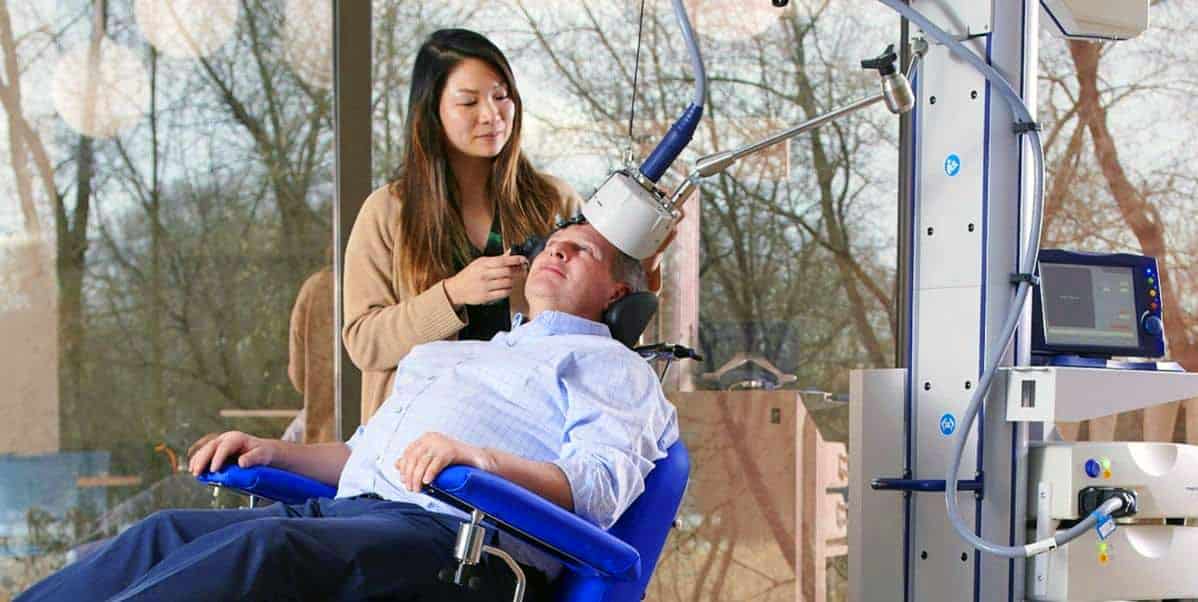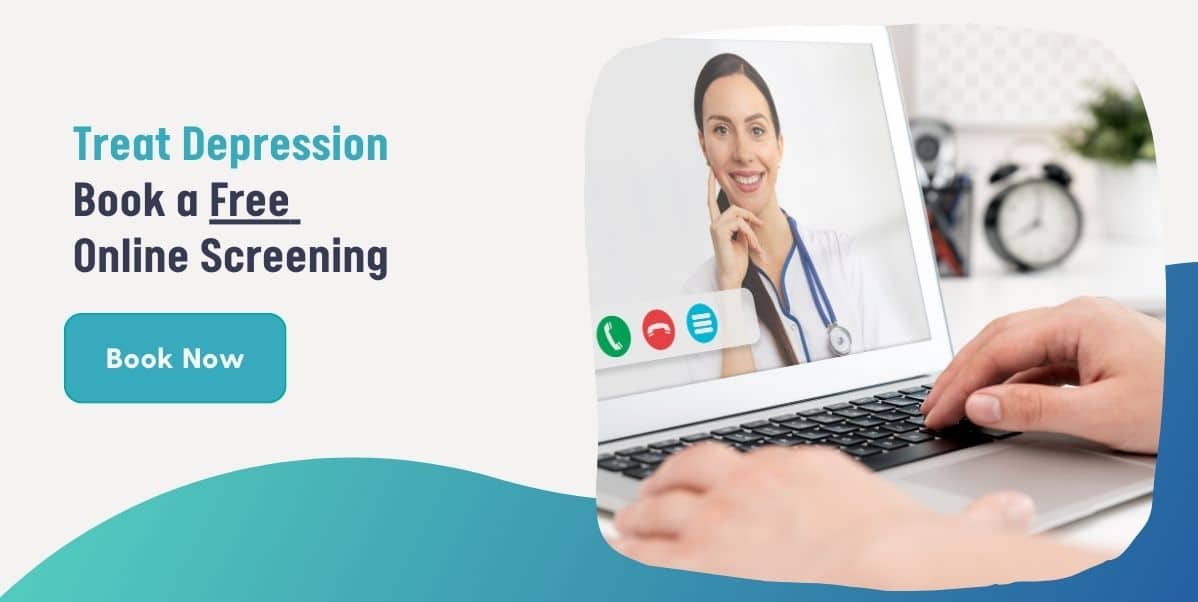
In the United States, depression stands as the primary cause of disability among individuals aged 15 to 44. While various treatments exist for depression, including antidepressants and psychotherapy, these initial methods may not yield the desired results for everyone.
Research indicates that around two-thirds of individuals do not experience sufficient relief from their first antidepressant trial, leading to lingering symptoms even after two months of treatment. Subsequent medication attempts become progressively less effective for these individuals.
When first-line treatments fail to address depression effectively, individuals have sought alternatives like electroconvulsive therapy (ECT), historically known as “shock therapy,” for treatment-resistant depression. Despite ECT’s reputation as a potent treatment, its side effects on memory and cognition can pose challenges for some.
For those who find ECT challenging or have not responded adequately to conventional treatments, transcranial magnetic stimulation (TMS) emerges as a newer therapeutic option worth considering.
While traditional treatments for depression often include medication, it is essential to consider the potential side effects that can accompany these pharmaceuticals. Antidepressant medications, such as SSRIs and SNRIs, can lead to various adverse effects, including weight gain, sexual dysfunction, insomnia, and even increased feelings of anxiety and agitation in some patients. These side effects can sometimes deter individuals from adhering to their prescribed treatment plans, potentially leading to a relapse in depressive symptoms. Given these concerns, many people seek alternative therapies like Transcranial Magnetic Stimulation (TMS), which offers a non-invasive and medication-free option for managing depression.
Transcranial Magnetic Stimulation (TMS) Explained
Transcranial magnetic stimulation is a noninvasive therapy option for depression that works by stimulating the brain. Utilizing external devices, TMS influences the activity of the central nervous system by directing strong magnetic fields to specific depression-associated brain regions.
Unlike medications and ECT, TMS administration does not require anesthesia and is generally well received, with minimal adverse effects compared to traditional treatments. Headaches stand out as the most commonly reported side effect during or after treatment.
While seizures are a rare but severe possibility, caution is advised for individuals with heightened risks, such as those with epilepsy, prior head injuries, or other significant neurological conditions, as TMS may not be suitable for them.
How TMS Therapy Works
During a session of repetitive transcranial magnetic stimulation (rTMS) for depression, an electromagnetic coil is positioned on the scalp to deliver magnetic pulses that stimulate nerve cells within the brain regions associated with mood regulation and depression. This process aims to activate brain regions that exhibit reduced activity during depressive states.
Another term you might encounter is deep transcranial magnetic stimulation (dTMS). The distinction between rTMS and dTMS lies in the type of coil utilized. Deep TMS coils target broader and deeper areas of the brain in comparison to rTMS. dTMS coils have received FDA approval for treating OCD and aiding smoking cessation.
While the exact biological mechanisms underlying the effectiveness of TMS is a subject of ongoing research, the stimulation appears to influence brain function, potentially alleviating depression symptoms and enhancing mood.
Various approaches exist for administering TMS, and techniques may evolve as experts uncover more effective treatment methods.

How Effective is TMS Therapy?
Statistics show that 50% to 60% of individuals suffering from depression, who have not seen improvement with medications, find significant relief through TMS. Among this group, approximately one-third achieve full remission, indicating a complete alleviation of symptoms.
It is essential to note that while these outcomes are promising, they are not always permanent. Similar to many mood disorder treatments, there exists a notable likelihood of symptoms recurring. Nevertheless, following TMS treatment cessation, many patients report feeling improved for several months, with the average response duration extending just over a year.
Some individuals may choose to undergo additional rounds of treatment. In cases where TMS proves ineffective, ECT remains a viable and often beneficial alternative worth exploring.
The Different Forms of TMS Therapy
TMS procedures can vary based on factors like magnet strength and the application of the magnetic field.
Magnet Strength: The strength of a magnet is typically measured in tesla (T). In TMS, magnets usually produce a magnetic field ranging from 1.5T to 2T, akin to MRI scanners. Despite this similarity, the magnetic field area in TMS is significantly smaller due to the compact size of the TMS magnet compared to an MRI machine.
Pulse Frequency: Each cycle of the magnet field constitutes a pulse. The frequency, measured in hertz (Hz), denotes the number of pulses per second. TMS treatments may involve low-frequency pulses at 1 Hz or high-frequency pulses ranging from 5 Hz to 10 Hz. Repetitive TMS (rTMS) utilizes these repetitive pulse patterns.
Pulse Patterns: TMS therapy can incorporate various pulse patterns, such as theta-burst stimulation (TBS). TBS involves three bursts of 5 Hz pulses, totaling 15 pulses per second. Employing these burst patterns accelerates treatment speed, making it approximately five to six times faster than conventional methods.
Magnetic Coil Type and Stimulation Target: Different types of magnetic coils target specific brain structures. Deep TMS (dTMS), utilizing an H-shaped coil, focuses on deeper brain regions compared to rTMS and TBS. Studies suggest that dTMS is effective in managing conditions like obsessive-compulsive disorder (OCD).
The Benefits of TMS Therapy
TMS therapy offers a wide range of potential benefits for various health conditions including:
- Depression: By targeting the prefrontal cortex, TMS stimulates nerve cells to increase activity, potentially alleviating symptoms of depression.
- Obsessive-Compulsive Disorder (OCD): TMS can inhibit overactivity between brain regions associated with OCD, offering relief for individuals unresponsive to traditional treatments.
- Anxiety: TMS may help reduce anxiety symptoms by modulating nerve cell activity in the prefrontal cortex.
- Post-Traumatic Stress Disorder (PTSD): Effective in PTSD treatment, TMS can influence the brain’s fear processing mechanisms, aiding symptom management.
- Nicotine Addiction: TMS targeting the prefrontal cortex could aid in reducing nicotine cravings by influencing dopamine release.
- Multiple Sclerosis (MS): Combining TMS with physical therapy has shown positive outcomes in reducing spasticity in individuals with MS.
Get TMS Therapy at MY TMS
If you or your loved one is battling depression and traditional treatment options do not seem to be working, you should consider TMS therapy. At My TMS, we offer the non-invasive and FDA-approved TMS therapy for depression. Call us at (877) 548-8081 or submit this contact form to book your free consultation today.


